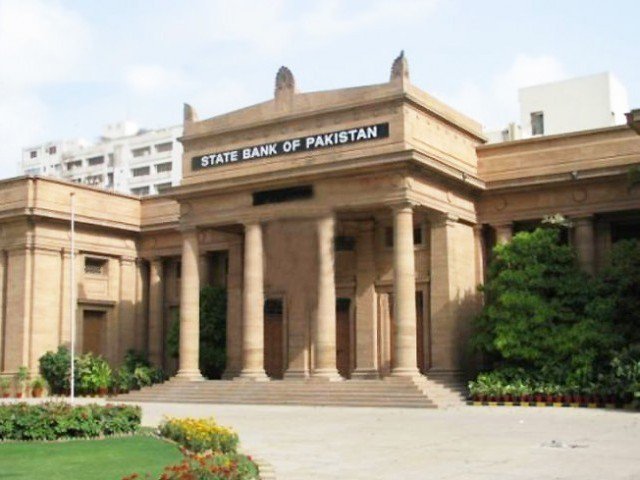
Notwithstanding the newspaper headlines screaming otherwise, official data suggests private businesses are increasingly willing to borrow money for long-term investments.
Long-term loans that private-sector businesses obtain in order to make fixed investments in physical assets are considered a true reflection of the investors’ sentiment.
According to the State Bank of Pakistan (SBP), the outstanding position of loans taken out by private-sector businesses was Rs1.05 trillion at the end of September, up 20.6% from a year ago.
Banks reluctant to extend loans despite low interest rate
This means the outstanding credit to private businesses for long-term, fixed investment increased by almost Rs181 billion in 12 months to September, which reflects a major improvement in the investors’ sentiment. After all, no private business borrows money to purchase or upgrade assets like machinery, buildings and technology unless it expects good times ahead. Businesses within the manufacturing sector increased their outstanding credit position for fixed investments by almost 22% over the 12-month period, SBP data shows.
According to Bilal Khan, senior economist at Standard Chartered Pakistan, investment is finally showing signs of improvement in a few sectors of the economy after remaining weak for about five years.
Banks try to forcibly recover loans from rice millers
He noted that the import of machinery increased for the second year during 2014-15, particularly in the energy sector. While these imports declined marginally in the first quarter of 2015-16, he added that energy-sector imports remained positive.
 DESIGN: NABEEL AHMED
DESIGN: NABEEL AHMEDBreakdown
Within the electrical machinery and apparatus segment, the year-on-year rise in the outstanding loans was 28.5% at the end of September.
The net increase in the outstanding loans taken out by businesses in the electricity, gas and water supply sector remained 5.4%.
“We believe these are likely to pick up further because of planned expansion in the energy sector,” he said in the bank’s latest report on the economy of Pakistan. Khan said his bank expects “some expansion” in sectors that cater to domestic demand, such as motorcycles and cement.
Country’s bigwigs get banks to write off their loans
Banking-sector data also points to increasing credit uptake in these sectors. For example, construction businesses had Rs35.4 billion outstanding credit for fixed investments at the end of September, up a massive 57.5% from a year ago.
In particular, the comparable increase in the infrastructure category was colossal: outstanding long-term credit extended to private businesses engaged in the infrastructure sector increased 183% over the 12-month period, SBP statistics show.
The benchmark interest rate is at an all-time low (6%), which means investors should ideally have access to cheap credit. However, Khan believes structural reforms, rather than the price of credit, are important for investment growth.
Foreign debt rising: Govt’s loans tally up to $5.1 billion
Bittersweet
“We believe monetary easing has been supportive. However, supply-side constraints continue to limit investment growth,” he said while referring to energy shortages and inefficiencies in state-owned enterprises.
Speaking to The Express Tribune, Invest & Finance Securities CEO Muzammil Aslam said although the benchmark interest rate is at the lowest point in history, the cost of credit is still very high in Pakistan.
“There was a time (in the 2000s) when the yield on treasury bills was lower than even 2%, which is not the case anymore,” he said.
Interest rates have not come down as much as the SBP’s benchmark rate because of heavy government borrowing, Aslam says. Fiscal deficit used to be relatively smaller in the mid-2000s, which meant limited borrowing needs for the government. This resulted in surplus cash with banks and the subsequent lower yield on treasury bills, according to Aslam.
But now the government’s appetite for money is in excess of Rs1.5 trillion per annum, he says. This means money generated in deposits is invested heavily in government papers while the private-sector credit growth remains muted, he adds.
“Banks are not comfortable lending to the private sector. The latter hasn’t been too eager to borrow either because of the high cost of finance,” Aslam noted.
Published in The Express Tribune, November 17th, 2015.
Like Business on Facebook, follow @TribuneBiz on Twitter to stay informed and join in the conversation.


















1713904359-0/burn-(1)1713904359-0-270x192.webp)
















1713853507-0/MalalaHilary-(2)1713853507-0-270x192.webp)







COMMENTS (1)
Comments are moderated and generally will be posted if they are on-topic and not abusive.
For more information, please see our Comments FAQ